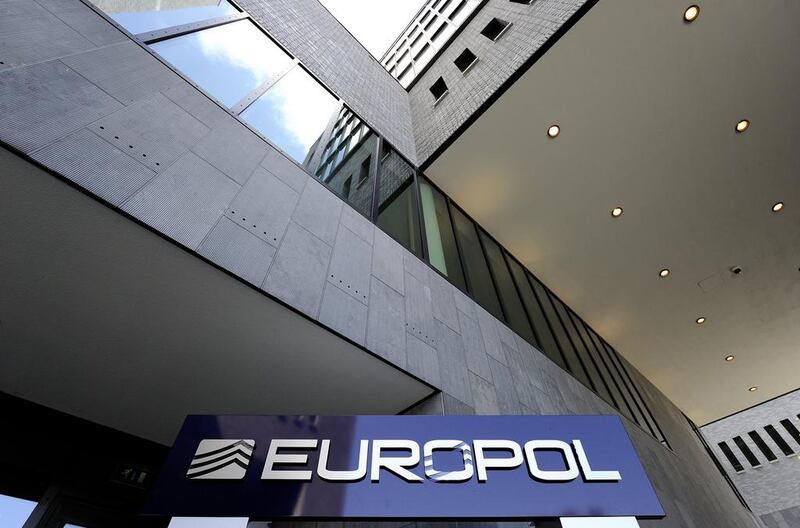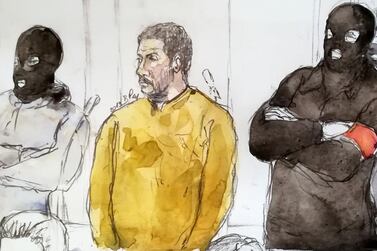Foreign fighters secretly returning to Europe are undergoing new facial-recognition checks against a library of seized ISIS mugshots to try to stop them at the continent’s borders, a senior law enforcement official said on Tuesday.
The European policing agency Europol has built a database of 200,000 images gleaned from propaganda videos and social media to try to identify returning fighters from the Middle East as they cross the EU’s porous borders.
Europol has launched the technological operation amid concerns that committed terrorists are slipping too easily back into EU with no documents to establish their true identities, said Peter Van Osselaer, the agency’s head of counter-terrorism operations.
Investigators say that extremists have previously used migrant trafficking routes to covertly return to Europe, allowing them to avoid the radar of domestic security agencies.
“It’s really easy to come into the EU without any documentation and without being detected,” Mr Van Osselaer told the Security and Counter Terror Expo in London.
“We have seen events where people to try to enter Europe at Greece and then try a few months later in Italy.”
The threat of untracked foreign fighters is just one prong of a triple security threat faced by European governments, said officials.
Governments are also scrambling to prepare for a large-scale planned release of convicted terrorists at the end of their sentences in 2019, and the potential chaos caused by Brexit and the severing of intelligence links between traditional counter-terrorist allies, said officials.
A unit at Europe’s intelligence centre has pulled together an image library over the last year from national criminal records, social media files and fake travel documents to build the most accurate database of returning threats.
Europol analysts have built an algorithm that allows officials at border hot spots to screen the most suspicious new arrivals to try to identify trained fighters who could pose the greatest threat.
Mr Van Osselaer declined to quantify the numbers stopped using the new system but said the results of checks against fake documents had been “magnificent”.
The issue of returning foreign fighters continues to exercise European governments amid policy differences of the best way to handle detained ISIS suspects.
EU countries have shown little appetite to bring back their nationals to stand trial. The UK has stripped the citizenship from some suspected terrorists and Germany announced similar plans.
Up to 4,300 foreign fighters from the EU – mostly from Belgium, France, Germany and the UK – are suspected to have travelled abroad, according to 2016 report cited by the EU parliament. Some 30 per cent had returned, the research found.
“Where foreign fighters end up, how much they have been radicalised, and the collective ability to track them … will be key determinants of the threat,” Russell Travers, a senior official at the US counterter-rorism centre, told the conference.
The EU has long had concerns about its ability to track and trace extremists travelling across national borders.
Investigations into the 2015 Paris and Brussels suicide bombings revealed that police had missed opportunities to arrest suspects because they had failed to share information.
Europol’s counter-terrorism expertise has relied heavily on the UK and Mr Van Osselaer said there were great concerns about the impact of the UK leaving the European Union without a deal. The move would lock the UK out of information sharing programmes.
“I think everyone agrees on an operational level there's no way we can disconnect the UK from Europe,” he said.
“I think there will be informal structures to keep connected. If there's a hard Brexit then UK ... should be disconnected officially … which would be very, very bad. I don't think anybody wants that.”







